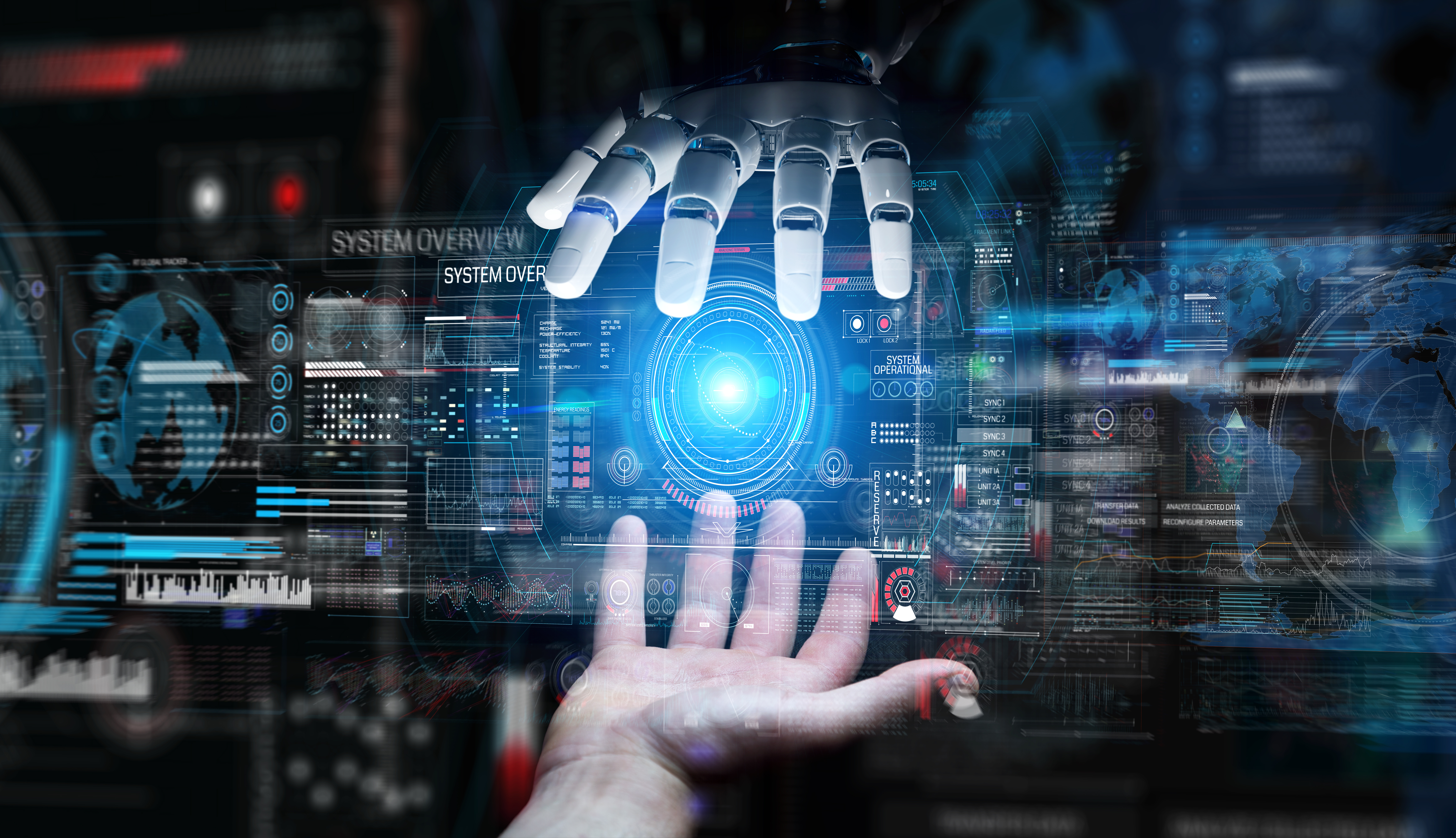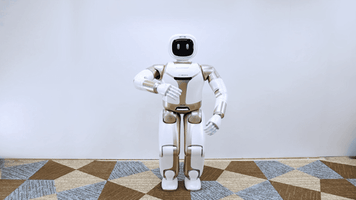
Craveology Cafe and the North Star Science Store are temporarily closed for renovation.

by Ana Valeria González, PhD. Student in Machine Learning and Natural Language Processing
In 2016, Microsoft released a chatbot on Twitter designed to simulate the way of speaking of a 19-year-old American girl. The chatbot named TAY, could learn from its interactions with humans on Twitter. Very quickly, users took notice and interacted with TAY in a way that led to the bot generating offensive posts and it got taken down. That same year, a video spread online of Sophia the robot at Hanson Robotics. Sophia is made with the purpose of working in the healthcare industry or in education. However, some years ago in an interview, the robot revealed plans to own a home and have a family and some regret that she is not considered a legal person yet to do these things. The thing to remember is that these models learn from data, therefore, it can learn the good and the bad alike. And, although Sophia does not actually have the capability to do harm to humanity, she can still say such things. These, of course, are the stories that catch people’s attention as they are more in line with that Hollywood idea of AI we have grown up with. The story about the systems that are helping radiologists detect well-hidden breast cancer might not seem as catchy and attention-grabbing.

Perhaps a less movie-driven fear that is more realistic, is the fear of jobs being automated. The reality is that many jobs can in fact become automated, not differently than during the First and Second Industrial Revolutions where hand labor transitioned into machine-assisted labor and then in many cases fully automated machinery. Beginning in the 1950s, we entered the Third Industrial Revolution: The Digital Revolution, where we encountered the first advances in computing power, allowing us to go from human computers to electronic computers. Recently, the Fourth Industrial Revolution has begun; one involving cyber-physical systems. Shifts in the workforce will inevitably happen as they have in the last three Industrial Revolutions, I do not think there is a way of stopping this. This is why it is crucial to think ahead and implement better social welfare legislation to protect people who will be affected the most, but this is a topic for another post.
The benefits of Machine Learning and NLP far outweigh the negative aspects and as a community of researchers, engineers and technology users, we can keep each other in check in order to make sure these technologies are being used to improve life and reach disadvantaged populations. For this reason, it is extremely important to have users aware and in the loop of what is happening in the technology front. And, just as technology can emerge showcasing an obvious weakness in machine learning methods, several ways of combating those weaknesses will emerge in return.